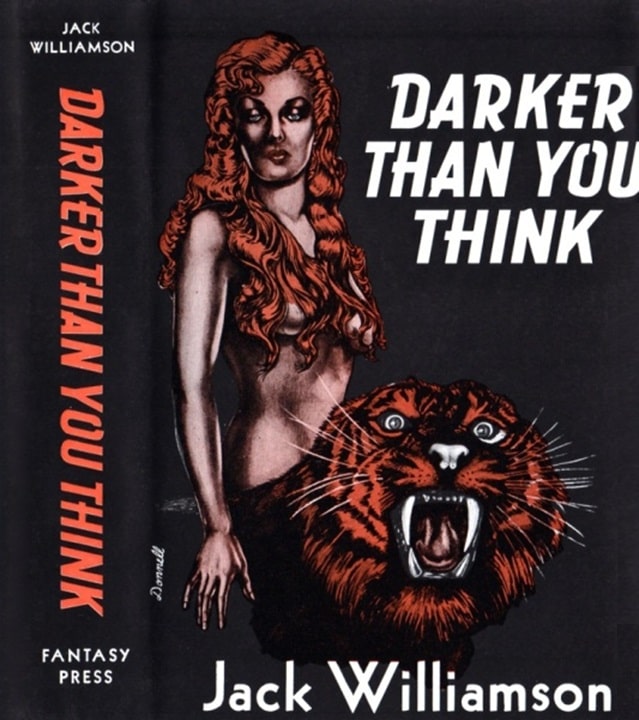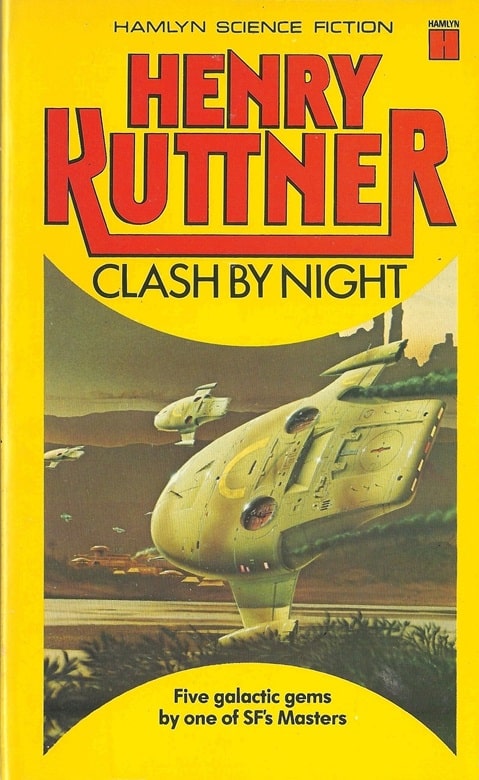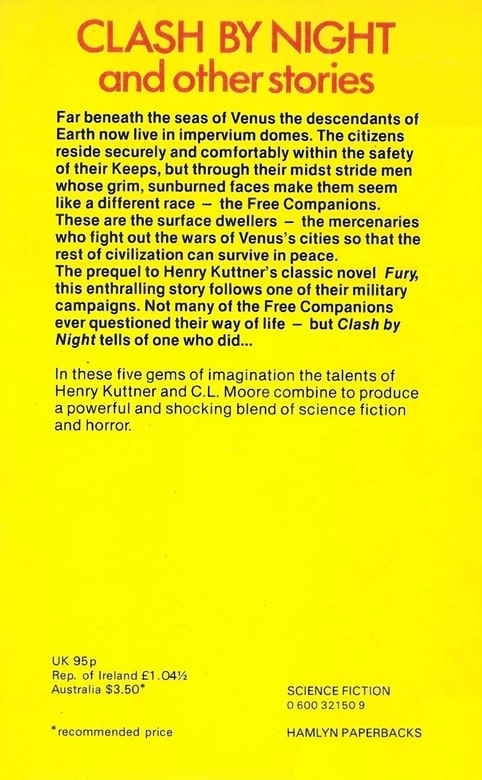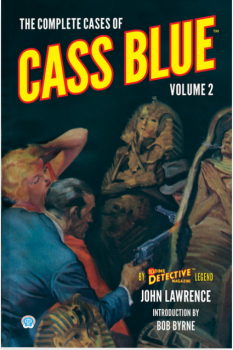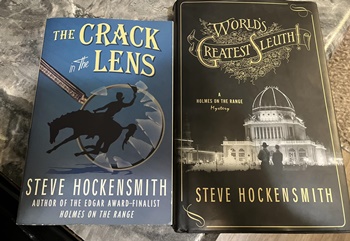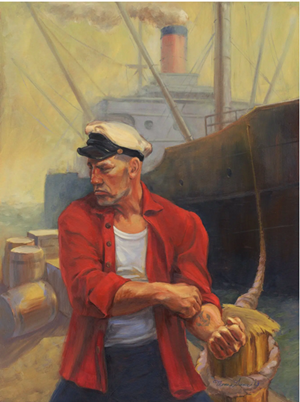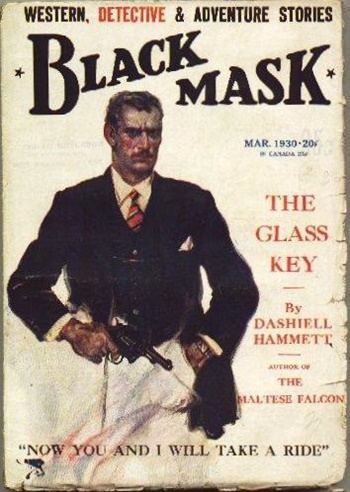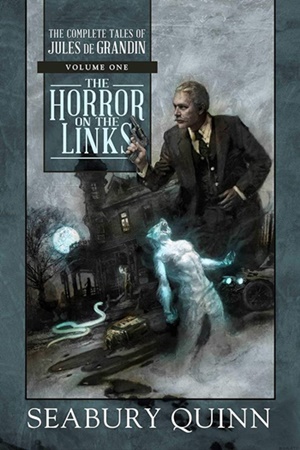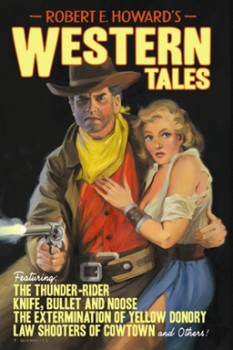Vintage Treasures: The Last Man on Earth edited by Isaac Asimov, Martin Harry Greenberg, and Charles G. Waugh
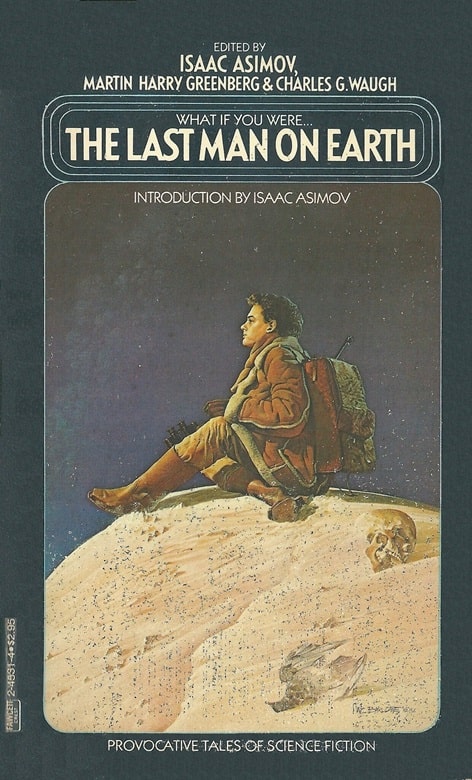 |
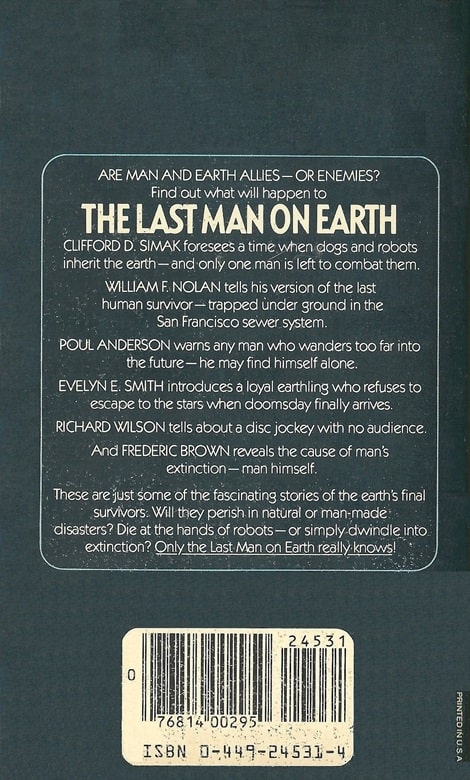 |
The Last Man on Earth (Fawcett Crest / Ballantine, August 1982). Cover by Wayne Barlowe
I continue to dip into the (seemingly endless) supply of anthologies from the three amigos of science fiction, Isaac Asimov, Martin Harry Greenberg, and Charles G. Waugh. I’m not sure how many they actually produced together, but I’ve managed to track down around 80. They began collaborating in the 80s, and averaged over half a dozen books a year, until Asimov’s death in 1992.
This time I’ve set aside their popular series in favor of a fine standalone book: The Last Man on Earth, a collection of post-apocalyptic tales that present a wide range of imaginative scenarios built around a popular SF trope. They include William F. Nolan’s “The Underdweller,” the tale of a man living in the sewers of San Francisco, trying desperately to salvage mankind’s most important texts while avoiding the new rulers of the city; Gordon Eklund’s “Continuous Performance,” which sees a man struggling to survive by putting on magic shows for androids; Roger Zelazny’s “Lucifer,” the haunting story of the world’s last man and his visit to the mysterious ruins of a long-dead city, and many others.
